How to stop your dog pulling on the lead, by A-list trainer Ben Randall
Top trainer Ben Randall talks through one of the most common problems dog owners face: a pooch who pulls on the lead as if they're trying to haul a locomotive.

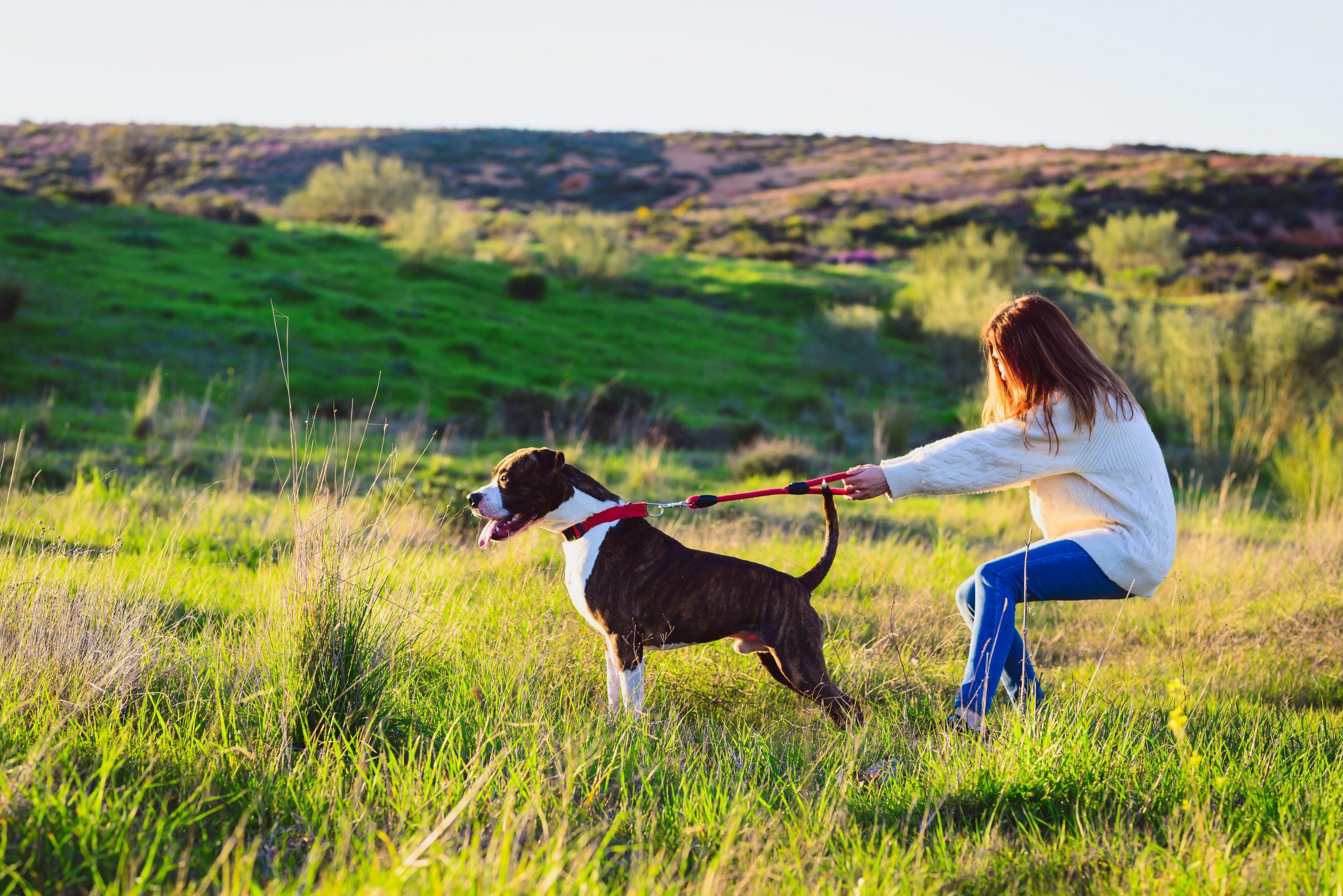
A dog that pulls like a train on its lead is no fun for anyone, but what is the key to solving this most common issue?
This is exactly the dilemma being faced by A.T., who has written to us via our paws-for-thought@futurenet.com email address to ask how best to prevent her young rescue dog, Cambridge, from ‘pulling like a horse’ on the lead:
Hello Ben,I just wanted to say how much I appreciate your articles in Country Life — they are always very informative and helpful. I recently adopted my baby, Cambridge — a border collie/terrier mix. She is 18 months old and has lots of energy. I take her to the dog park every day for about two hours and also take her regular walks before and after work. I know it may seem a silly question, but I am having a very hard time trying to get her to walk to heel on the lead. It seems that all this exercise is not helping. Every time I walk her, it’s like walking a horse! I have tried everything to try to stop her pulling. She is very food motivated, but it’s as though she can't focus on me.I am always tired after our walks and I have watched a billion training videos in the hope of finding a technique that works, but I am also tired of watching already trained dogs walking perfectly to heel on a lead. I really need help with one that won’t! Thank you for your time and consideration. — A.T. via email
Thank you so much for your letter, A.T., and for your kind words about my training column. I have been writing it for nearly two years now and it’s good to know that you and so many other dog owners find it useful and helpful.
Good for you for adopting a dog. However, as I am sure you will appreciate now, sadly, all rescue dogs come with some kind of baggage. And, from the letter you have sent, I would imagine that your dear Cambridge is a high drive, overexcitable dog that her original owner struggled to contain. With very highly strung, high-wired dogs such as your lovely rescue, we need to try to relax her mind to create a more calm, patient and chilled dog.
Although, as ever, it is difficult for me to diagnose your dog’s issues without seeing her in the flesh, from your letter, I can identify what might be going wrong. Firstly, and I know you are doing this for good reasons, but taking her to the dog park — as well as out on long walks in the mornings and evenings — is excessive. I say this because taking her out for all that time adds up to hours and hours of fitness training per week and per month. And as you've found out, the fitter and faster your dog becomes, the harder it will be for you to maintain any training — your dog is in a highly wired and over-active state. To my mind, you have almost become a taxi service, taking the dog to an area to allow her all this freedom and play, to the extent that — as you have mentioned — she has little to no engagement with you.
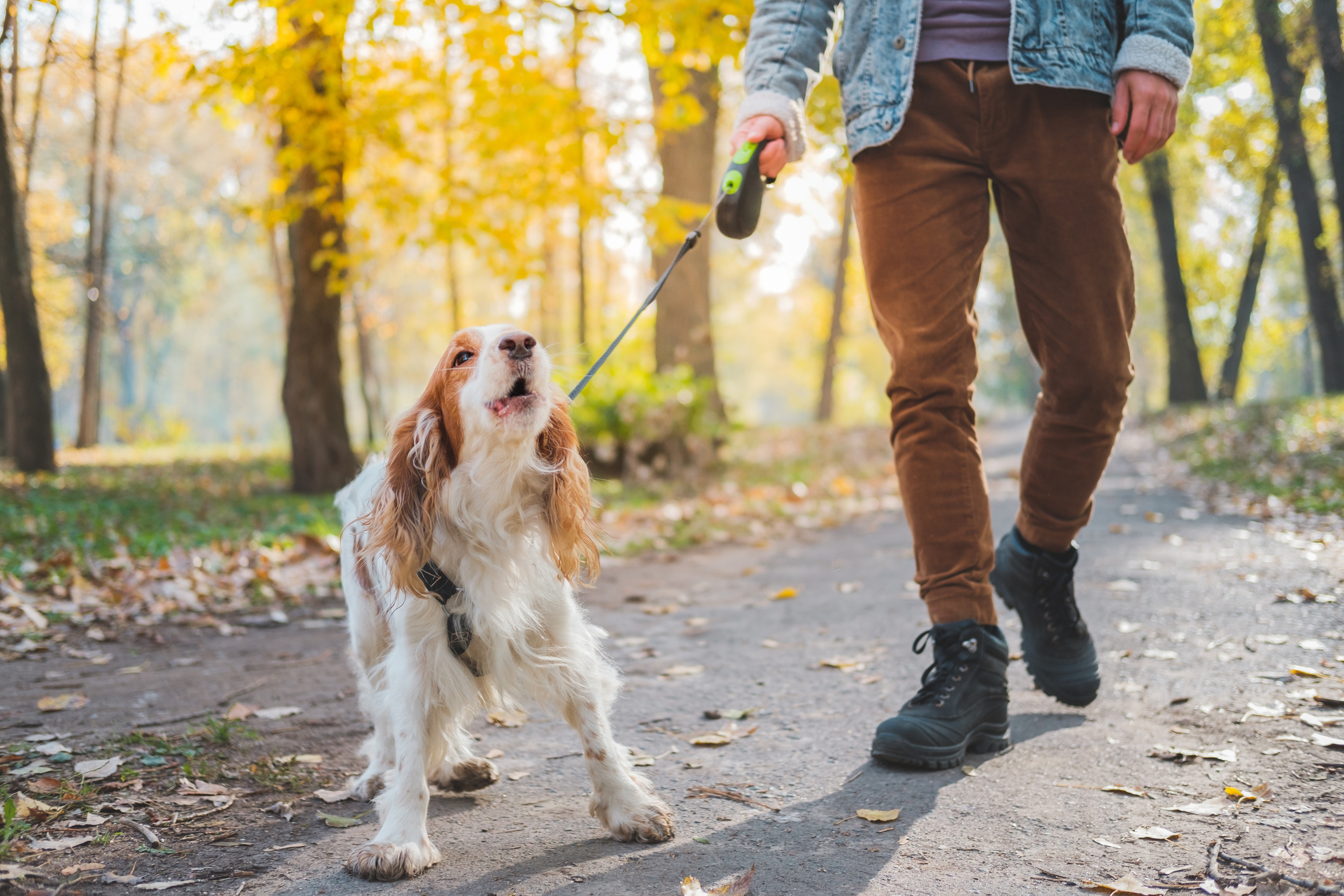
I’ve been perfecting my BG (Beggarbush) foundation methods for nearly 20 years and understand that even experienced dog owners come up against issues that they are not sure how to handle. However, with a little common sense and patience, it’s possible to retrain your dog to walk calmly and happily on the lead. You can learn more via @beggarbush on Instagram and my dog-training app (this link will let you get a free trial) or ask me your own question by emailing paws-for-thought@futurenet.com.
Ben’s top five tips for getting your dog to walk quietly on the lead:
So, what do we do from here? I’d like you to imagine your dog’s mind as a computer: we are going to wipe all it knows and reset it. As Cambridge is food motivated, we can use meal times as an opportunity to teach her a new regime. This means no more dog park walks for now, and no 20-minute walks twice a day on the lead.
Exquisite houses, the beauty of Nature, and how to get the most from your life, straight to your inbox.
We need Cambridge to be much more relaxed and patient, firstly around the family home and then in other much busier places, such as the dog park.
Firstly, we are going to use your home and garden or backyard as a new training environment. Once we have cracked the training in this area, you can then progress to taking her on walks again.
The advice comes with a warning though: please remember that if you digress from this new regime and start walking again and the pulling persists, you will only compound this problem.
1. Use her meal times to teach patience and focus
At feed times, I would like you to ask your dog to sit and wait for her food, using the verbal ‘sit’ command only. Then, once you’ve placed her food bowl on the floor, ask her to wait for a while as you make a coffee or leave the room for a short period of time. Once she’s relaxed and calm, give the ‘ok’ command and allow her to eat.
Doing this twice a day, whenever you feed Cambridge, will encourage her to relax and will, in turn, increase her patience and control around a high value distraction. Which, in the future, could be people or dogs.

2. Teach the heel command
Ask your dog to sit while holding a piece of her kibble in your hand, open the loop of the lead, put your hand through the middle of the loop and reward your dog with the kibble as the loop goes over her head, before asking her to sit patiently and wait for the next command. Show her a second piece of kibble in your right hand, while holding the lead in your left and, as you walk off, give the ‘heel’ command, all the while trying to keep her eyes engaged on for a high percentage of time. Ideally, you want her to be focussed on you, particularly your right hand in which you’re holding the kibble.
Crack this exercise in the house and garden first, only giving the ‘heel’ command when you first move off or ask your dog to change direction. Please also only reward Cambridge with a piece of kibble when she has completed the task correctly and waited for a short amount of time before you give her the food reward.
Do not repeatedly reward her — I want her to stay engaged and focussed on you for longer and longer periods of time, so as to build her trust in you that the reward will eventually come.
3. Master the heel command off the lead, too
Once you have perfected stages one and two, wrap the rope slip lead loosely around her neck a few times and repeat the aforementioned drills. To further advance this, take the lead off, then hold it in your left hand so it hangs down near your dog’s head and nose and repeat the drills as many times a day as you can. Once you have mastered this, your dog will really start to understand the heel command and will stay connected to you, whether she is on or off the lead.
4. Teach the verbal heel, too
Whilst your dog is randomly roaming about in the house or garden, make sure you have a piece of kibble in your hand, give the verbal ‘heel’ command and then tap your left leg. Wait for her to come to the side of your left leg, show her the kibble in your hand, walk her around the garden at heel for a period of time, then reward her.
Repeat this as often as you can, because, eventually, our end goal is for her to instantly come to your left hand side and wait patiently, the moment you say ‘heel’ or tap your left leg.

5. Take it away from home
When you have completed all this and you have a high percentage of success at home, I would like you to test this on short, daily walks. Do not, at this stage, go to the dog park and let Cambridge run wildly with other dogs. Ideally, after a period of time working on these methods, you will be able to return to the dog park, where you will be able to walk Cambridge quietly around the park on the lead, while allowing her to sniff and interact calmly with other dogs.
Remember, the ultimate goal is to have all the above BG foundation commands in place, so that Cambridge can enjoy some off-lead relaxed fun and socialisation with other dogs, but that she has such a solid ‘recall’ and ‘heel’ command that you know she will happily come straight back to you whenever you call her or tap your left leg.
I really hope this advice helps, A.T. and I wish you all the best with getting your dog’s lead-pulling under control. Once you’ve tried my BG Foundation methods for at least a month, please write back and tell us how things are progressing with Cambridge.
For more detailed advice about Ben Randall’s positive, reward-based and proven BG training methods, one-to-one training sessions, residential training or five-star dog-boarding at his BGHQ in Herefordshire, telephone 01531 670960 or visit www.ledburylodgekennels.co.uk. For a free seven-day trial of the Gundog app, which costs £24.99 a month or £249.99 a year, visit www.gundog.app/trial
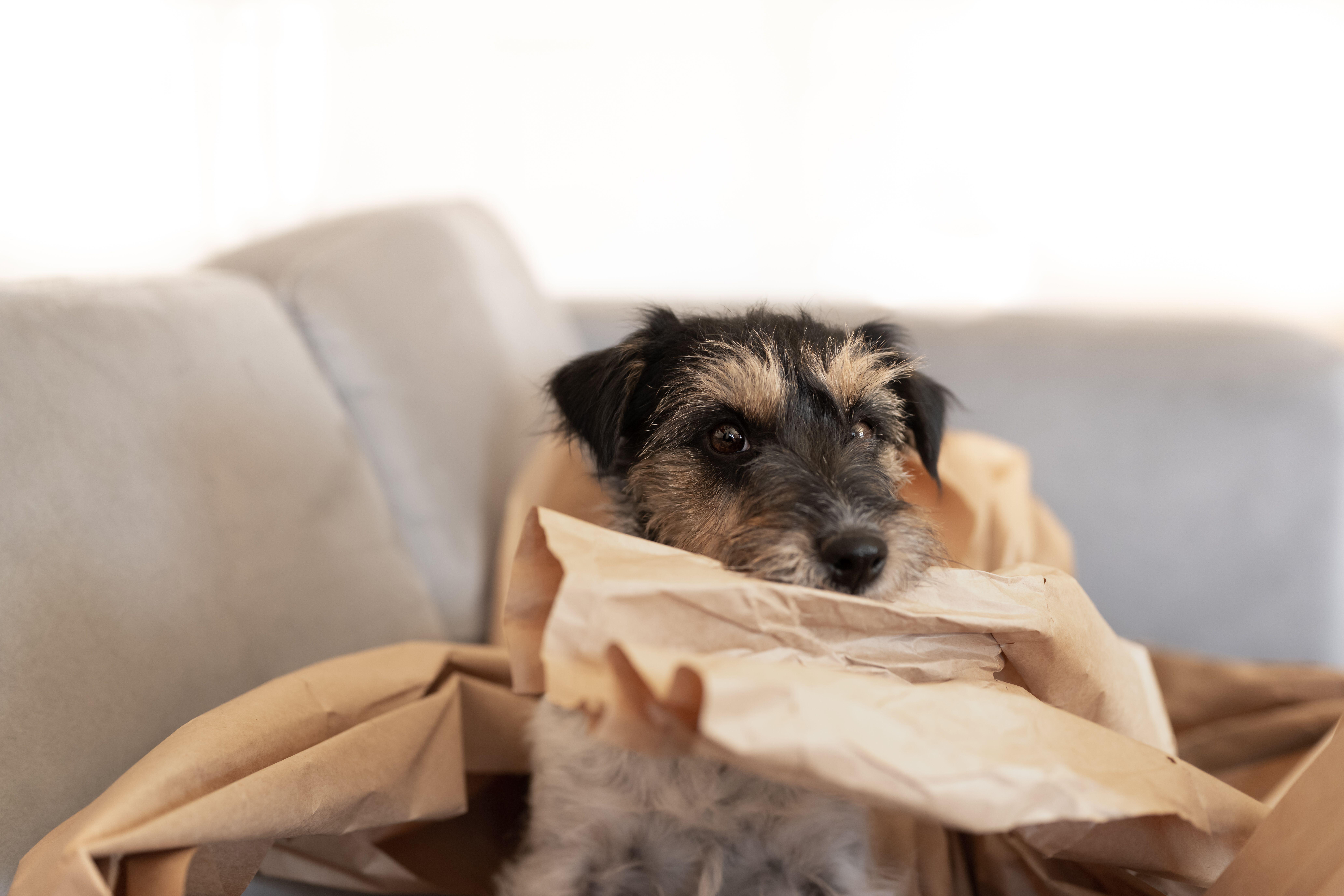
How to stop resource guarding in dogs, by Ben Randall
Resource guarding is common in dogs — but it can be solved. Award-winning dog trainer Ben Randall explains how as he

Credit: Alamy
How to take your dog to the pub, by expert trainer Ben Randall
Enjoying a drink in a lovely country pub with your dog snoozing quietly at your feet is one of the
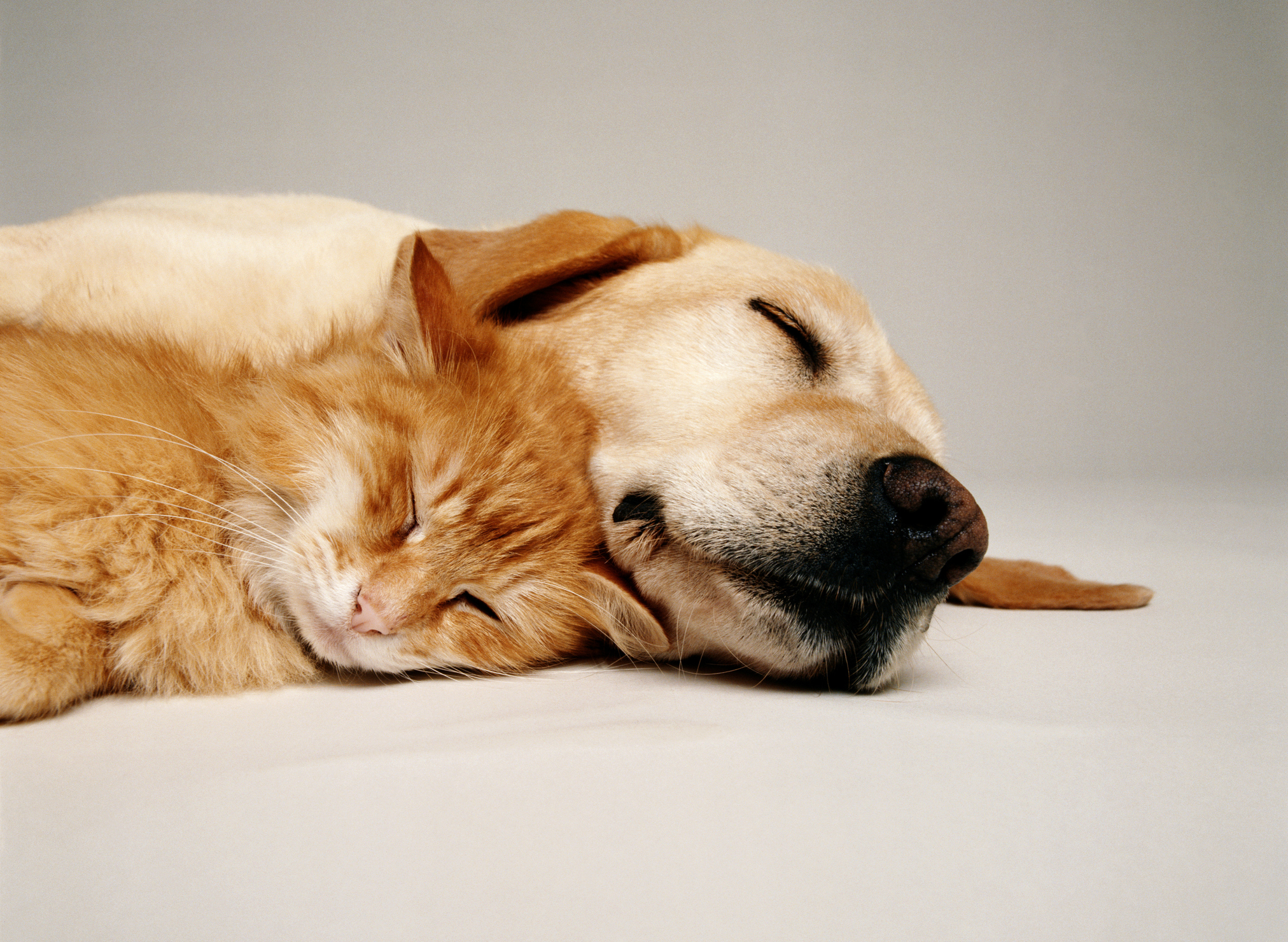
Credit: Getty
How to introduce a puppy to your cat, by expert dog trainer Ben Randall
Introducing a dog to a cat can be nerve-wracking, but get it right and the two of them can get
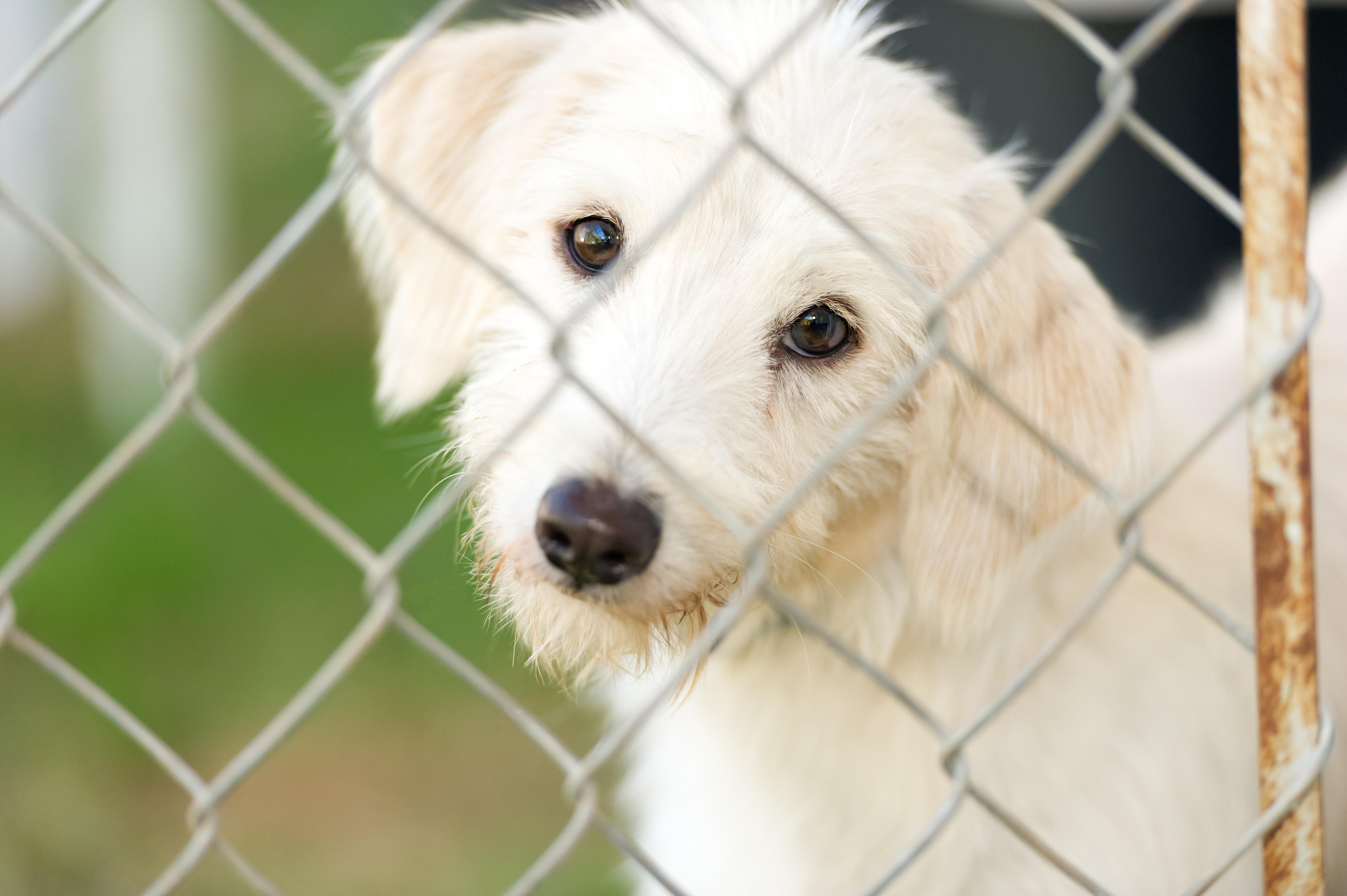
How to choose a rescue dog, by expert trainer Ben Randall
Adopting a dog in need of a new home can be a fabulous experience that will transform your life for

How to train your dogs around your gardening, by expert trainer Ben Randall
It's the time of year when we're all starting to get out more and more — particularly in the garden. That's

Credit: Alamy Stock Photo
How to stop a dog chasing cars: Six tips from top dog-trainer Ben Randall
Watching your dog run after traffic can be heart-stoppingly scary — but it's also a difficult habit to break. Ben Randall,
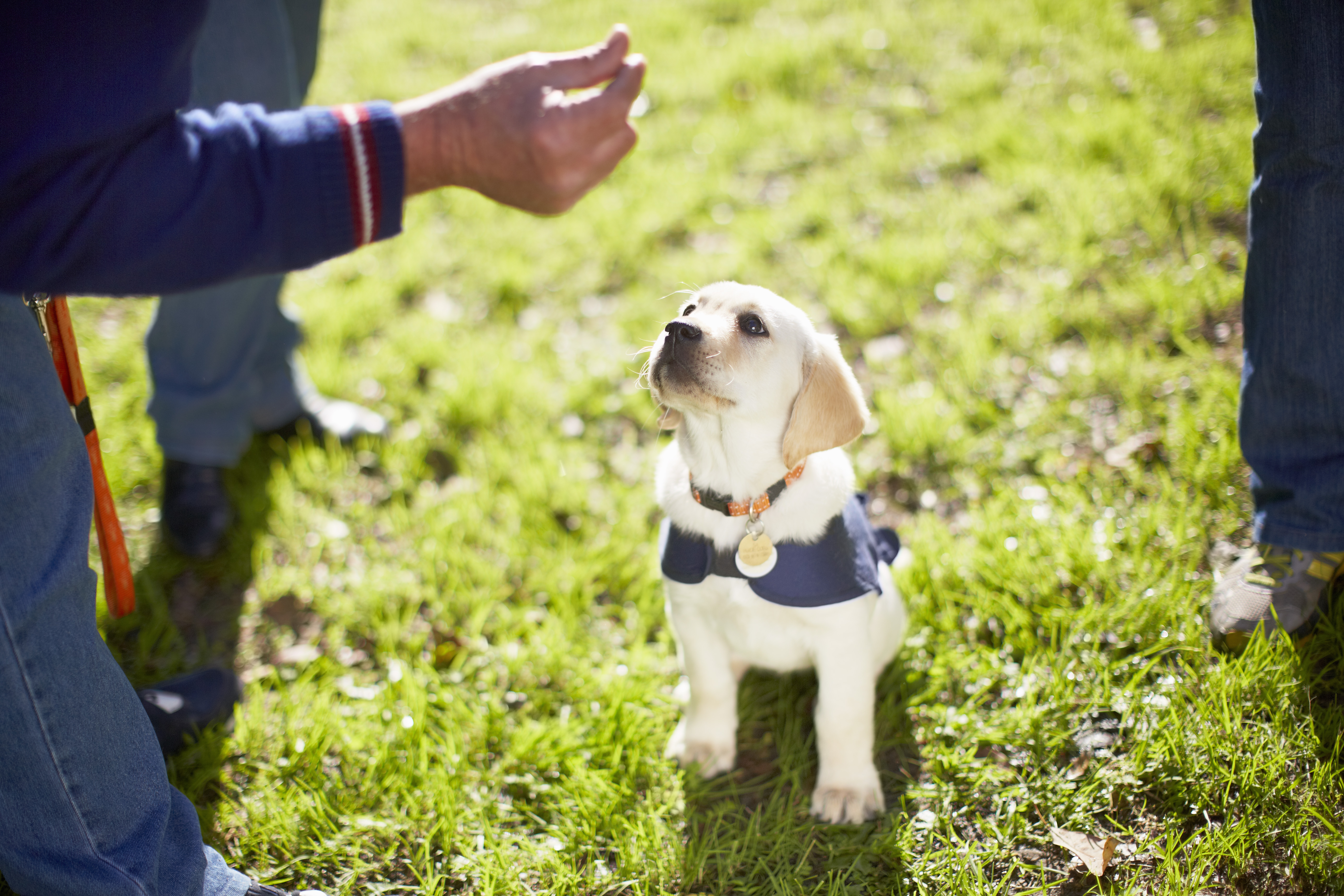
Credit: Getty Images/Westend61
How to teach a dog to sit: Five tips from leading dog trainer Ben Randall
Teaching your dog to sit is one of the most important things you can do — and it will help with
